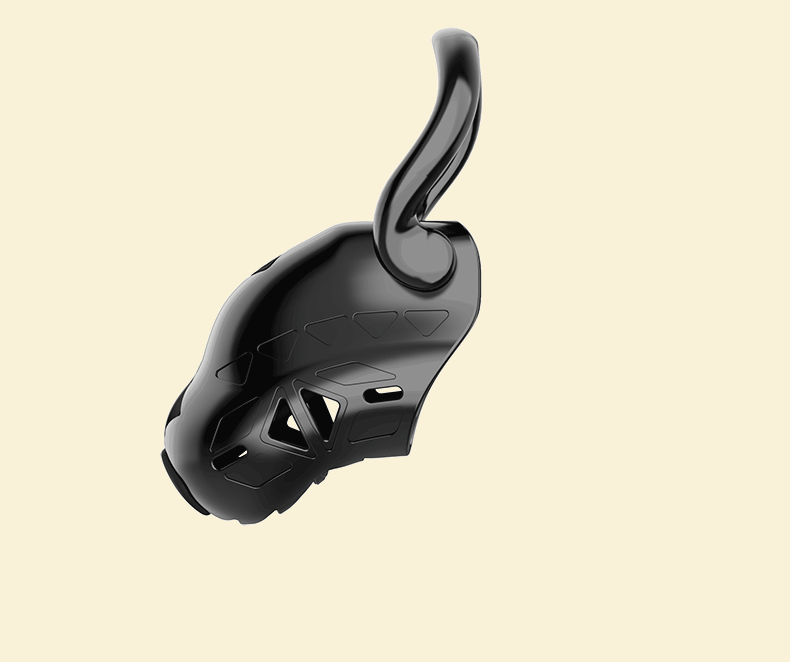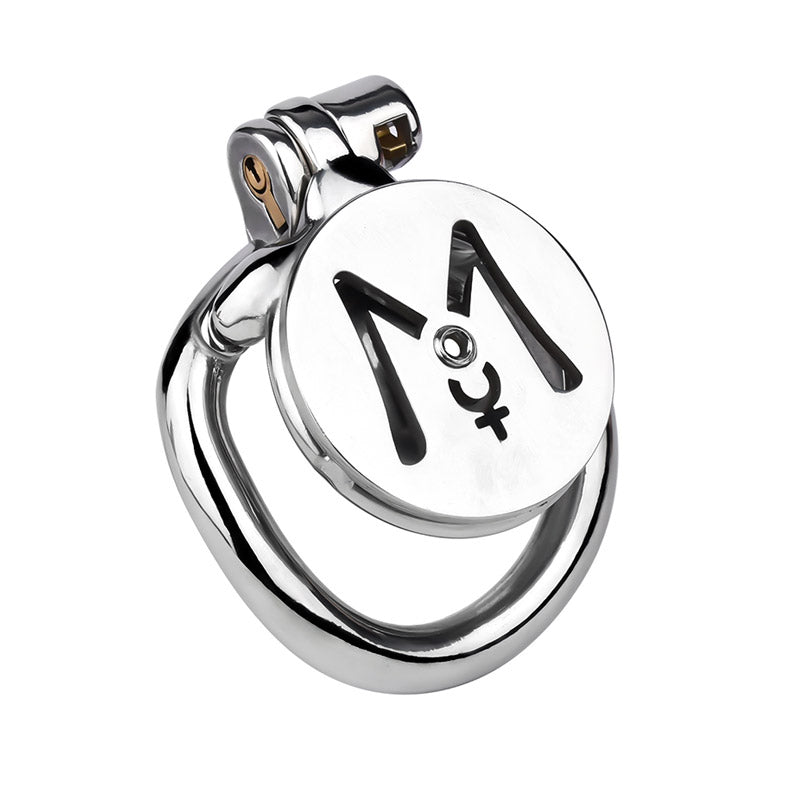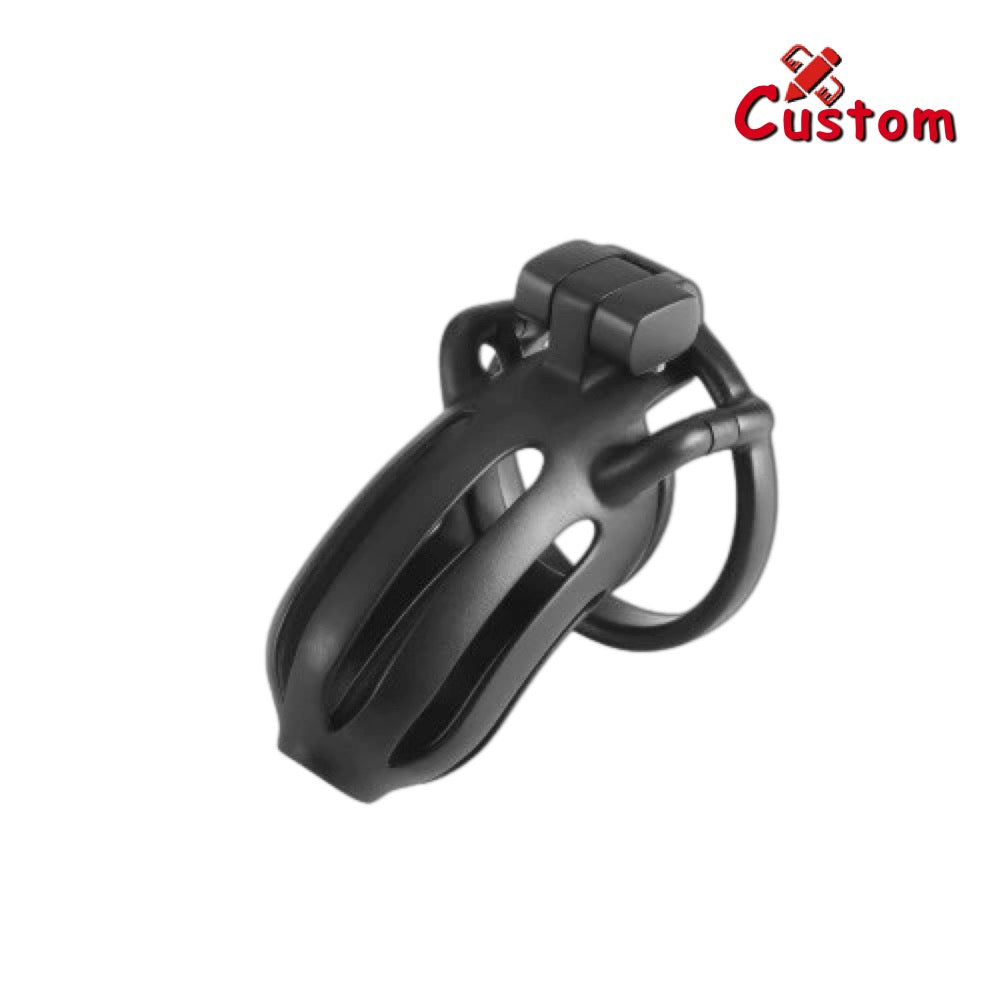1. Introduction To Male Chastity And Chastity Cages
Male chastity and chastity cages explore the dynamic of sexual control and restraint within consensual relationships. Rooted in both historical practices and modern BDSM culture, male chastity involves restricting access to one's own genitalia using a device known as a chastity cage. These devices are designed to prevent erections and sexual activity, fostering an environment of submission and heightened anticipation. Often employed for erotic power exchange or personal discipline, male chastity can deepen intimacy and trust between partners through enforced abstinence.

2. The Purpose And Use Of A Chastity Cage
The purpose of a chastity cage is to prevent sexual activity and control arousal by physically enclosing the genitals. Often used in consensual power dynamics within BDSM relationships, these devices serve as tools for enforcing fidelity, enhancing trust, and deepening emotional bonds between partners. By restricting access to one's own body, the wearer submits to the keyholder's authority, creating a psychological shift that can intensify feelings of submission and heighten overall sexual tension within the relationship.
3. What Is A Chastity Device?
A chastity device is a tool designed to prevent sexual activity by physically restricting access to the genitals. Often used in consensual power dynamics, such as BDSM relationships, these devices can be made from various materials like metal, plastic, or silicone. They typically include a locking mechanism to ensure that only the keyholder can grant release. Chastity devices are intended for both short-term play and long-term wear, serving as instruments of control and trust between partners.
4. How To Choose The Right Chastity Cage
Choosing the right chastity cage involves considering several key factors. First, assess the material—options like silicone, metal, or plastic each offer different levels of comfort and security. Next, size is crucial; an ill-fitting cage can cause discomfort or even injury. Look for adjustable models if you're unsure of your exact measurements. Ventilation and hygiene are also important to prevent infections during prolonged wear.
Finally, consider the locking mechanism—whether you prefer a padlock or an integrated lock will affect ease of use and discretion.
5. Safety And Hygiene Considerations For Using Chastity Devices
When using chastity cages, safety and hygiene are paramount to prevent injury and infection. Ensure the device fits properly to avoid circulation issues or chafing. Regular cleaning is essential; wash both the device and genital area daily with mild soap and water. Take breaks periodically to inspect for any signs of irritation or sores, addressing any issues immediately. Always use a secure lock but ensure an emergency key is accessible in case of discomfort or swelling, prioritizing health over prolonged wear.
6. Chastity Cage Components
Chastity cages are typically composed of several key components designed to ensure security and comfort. The main part is the cage itself, which encases the genitalia to prevent arousal. This is usually accompanied by a base ring that fits snugly around the base of the penis and behind the scrotum. A locking mechanism, often a padlock or integrated lock, secures these parts together.
Some models also include spacers or pins to adjust fit and comfort, ensuring effective restraint while minimizing discomfort.
7. History And Evolution Of Chastity Devices
Chastity devices have a rich history dating back to the Middle Ages, originally crafted from metal and leather to enforce fidelity. Over time, these devices evolved from rudimentary, uncomfortable designs into more sophisticated and humane versions. The Victorian era saw a resurgence in their use, often tied to moralistic ideals. Modern chastity cages are typically made from medical-grade materials like silicone or stainless steel, reflecting advances in both technology and an understanding of sexual health, allowing for safer long-term wear.
8. Materials Commonly Used In Chastity Cage Construction
Chastity cages are typically constructed from a variety of materials, each offering distinct advantages. Stainless steel is prized for its durability and resistance to rust, making it a long-lasting option. Medical-grade silicone provides flexibility and comfort, ideal for extended wear. Hard plastics like polycarbonate offer affordability and ease of cleaning. Some designs incorporate lightweight aluminum for reduced weight without sacrificing strength.
Each material influences the overall experience, balancing factors like security, hygiene, and wearer comfort.
9. The Role Of Chastity Cages In Bdsm Practices
Chastity cages play a significant role in BDSM practices by emphasizing control, power dynamics, and submission. Often used within Dominant/submissive relationships, these devices restrict the wearer's ability to achieve an erection or engage in sexual activity. This enforced chastity enhances feelings of dependency and surrender to the dominant partner, reinforcing psychological and emotional bonds. The denial of pleasure can heighten arousal and anticipation, making eventual release more intense.
Thus, chastity cages serve as powerful tools for exploring trust and deepening intimacy within consensual BDSM frameworks.
10. How To Measure For A Chastity Cage
Measuring for a chastity cage involves determining both the length and girth of the penis. Start by measuring the penis when flaccid to find its length from base to tip. For girth, use a flexible tape measure around the widest part of the shaft. It's important to account for some room to avoid discomfort or circulation issues. Additionally, measure the diameter of the scrotum where it meets the base of the penis to ensure a proper fit for any attached rings.
Accurate measurements are crucial for comfort and effectiveness.
11. Keyholders: Understanding Their Role In Male Chastity
Keyholders play a pivotal role in the practice of male chastity, holding the key to the device that restricts sexual access. Their responsibilities extend beyond mere control; they cultivate trust and communication within the relationship. By managing when, if ever, the device is unlocked, keyholders reinforce psychological and emotional dynamics that deepen intimacy. This power exchange can enhance mutual respect and commitment, transforming chastity into a shared journey rather than an individual experience.
12. Legal And Ethical Considerations Of Using Chastity Devices
The use of chastity devices raises significant legal and ethical considerations, particularly concerning consent and bodily autonomy. Legally, it is imperative that all parties involved are adults and fully consensual participants to avoid accusations of abuse or coercion. Ethically, the emphasis should be on clear communication and mutual agreement to ensure that the practice remains a safe and consensual aspect of one's sexual expression.
Misuse or non-consensual enforcement can lead to severe psychological harm and legal repercussions.
13, Psychological Aspects Of Male Chastity Cages
The psychological aspects of male chastity cages delve into the realms of control, trust, and submission. Wearing a chastity cage can evoke feelings of vulnerability and dependency, amplifying emotional intimacy between partners. It often serves as a symbol of commitment and fidelity, reinforcing boundaries and deepening relational bonds. Some individuals find the experience psychologically liberating, as it relinquishes personal control while simultaneously heightening anticipation and desire.
The dynamic interplay between dominance and submission can profoundly impact self-perception and mutual respect within relationships.
14. Different Types Of Chastity Cages And Devices
Chastity cages and devices come in various forms, catering to different needs and preferences. Metal cages offer durability and a sense of weight, often providing a more secure feeling. Plastic or silicone options are lighter and can be more comfortable for long-term wear. Some devices are designed with integrated locks, while others use external padlocks for closure. There are also customizable options that allow users to adjust the fit for better comfort and security, ensuring a personalized experience.
15. Custom Vs. Pre-Made Chastity Cages: Pros And Cons
Custom chastity cages offer personalized fit and comfort, catering to individual anatomical differences and preferences. They often come with higher costs and longer wait times due to their bespoke nature. Pre-made chastity cages, on the other hand, are readily available and usually more affordable. However, they might not provide the same level of comfort or security as custom options. The decision between custom and pre-made largely depends on budget, urgency, and the importance of a tailored fit to the user.

16. Why Do People Wear Chastity Cages?
People wear chastity cages for a variety of reasons, ranging from personal fulfillment to relationship dynamics. In some cases, individuals find pleasure in the sense of control and restraint that these devices offer. For others, chastity cages play a crucial role in power exchange within BDSM practices, enhancing trust and intimacy between partners. Additionally, some use them as tools for maintaining fidelity or avoiding unwanted sexual behaviors.
Overall, the motivations are deeply personal and varied.
